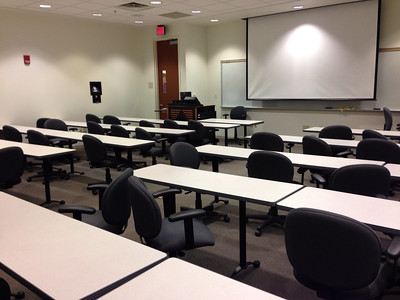Last week, about 200 employees at the City College of San Francisco (CCSF) received layoff notices. The reductions are part of the Board of Trustees’ attempt to reduce a projected $33M FY22 budget shortfall. The proposed layoffs affect 163 faculty members and 34 administrators. The plan also includes the cancellation of academic programs in 39 departments.
Put another way, for every 5 teachers cut, CCSF will also cut 1 administrator. Currently, CCSF has about 550 full-time faculty, so the proposed cuts will reduce the professional faculty by about 30%. CCSF also has about 630 non-instructional full-time staff members on the payroll, so the proposed cuts will reduce those numbers by 5%.
The proposed layoffs come just two years after CCSF Trustees approved a 10% pay raise for 50 administrators. Originally, they had been asked to consider raises of between 23% and 100% for the school’s top administrators. At that time – in 2019 – the Trustees were also wrestling with a $32M budget deficit. They resolved those financial problems by laying off hundreds of faculty members and cutting academic programs. (Apparently, they’re not very creative.)
In the Trustees’ current efforts to balance the CCSF budget, there is no talk of clawing back the raise or making more meaningful cuts to the size of the administration. Removing teachers from the classroom – especially 30% of them – will have a net negative impact on the students. It will also affect the school itself.
Proposed layoffs must put students first
The Trustees’ failure to acknowledge that the size of the administration is a serious problem is actually a bigger problem than the size of the administration. Some administration is always necessary in any organization. The necessity of some administration does not mean that more administration is better. More administration is just more administration. It’s more overhead, which is now supposed to be paid for by the work of fewer teachers in fewer classrooms.
Administrators have this misconception that part-time instructors and full-time instructors are completely interchangeable. Reducing the cost of instruction by eliminating full-time instructors is somehow performing a public service. So, preserving the administration while decimating the instructional staff is somehow either good, or necessary, or both.
I have said this before. Students do not base their college attendance choices on the fabulousness of a school’s administration. It is imperative that the Board of Trustees recognizes the limitations and trade-offs that accompany increasing or preserving the size of an institution’s administration. A school can get by quite nicely without more administrators. It cannot get by with fewer teachers.
Photo Credit: Alice Keeler , via Flickr









